How to Reconnect Your Customers to Nature
As a graduate student, Annie Kirk began Red Bird Design in 1998. She used this garden design startup as a way to put what she was learning into practice. It also served as a way to help her tuition costs.
Fast forward six years. With graduate school officially in the rearview along with her recent work for a landscape architecture firm, 2004 marked the all-hands-on-deck beginning for the refocused Red Bird Restorative Gardens in Aurora, Ore.
With the company’s tagline “thrive outside. heal inside,” Red Bird provides landscape design, furnishings, resources and care to its clients all in the name of soulful outdoor living spaces that help people feel good.
“My style is your soul, your mark in which you wish to leave on the planet restoring your connection with nature,” Kirk says. “It’s important to me that the word ‘heal’ in healing gardens is spelled with a lowercase h, because one person’s healing is not another person’s healing … customers’ needs are all unique.”
Coming from a social work and bio-medical research background, she understands the undeniable results of people feeling better when they’re connected to nature quantitatively
and qualitatively.
“Why is it that people need to go to the hospital to experience a healing garden?” she asks. “Why don’t we have that practice and those elements in the residential and public realm? We need to apply this as a preventative measure.”
What follows are a couple of Kirk’s keys to help better connect your customers to nature for a more rewarding, restorative garden experience.
Buy the Why, Not the What
“Big boxes for the last few years have been using some pretty punchy, holistic phrasing and imagery in their advertising efforts,” Kirk says. “Independents aren’t doing this (enough). However, they are doing a good job cueing shoppers to seasonality, which is a major tenant to therapeutic garden design.”
It’s important for garden centers to realize that people “buy the why, not the what,” she says. For a better understanding of this, Kirk used a typical red geranium display as an example.
“It’s spring and Pantone picked a bright red tone as one of its hot colors. So you create this beautiful display with vivid red geraniums and complementary pottery,” she says. “You’ve done your duty with this display. You’ve addressed curb appeal and touched on a trend. But why stop there? You’re only telling part of the story.”
Kirk says garden centers must emphasize why their customers should buy the geranium. They should explain what the color does for them. Hit them with some science. For example:
“Do they know red is one of the last colors forgotten and that it’s the last color our eyesight will lose the ability to perceive?”
Hit on cultural aspects, too, she says. “Share a story about the grower of the geranium. We throw out names of cultivars but never explain the stories behind them. Today’s customers appreciate the origin. It’s your job to give them something to value.”
Imagination Stations
Another exploit your garden center has is that of an “imagination station,” Kirk says. “This is something that we might take for granted sometimes, but look around. The bees buzzing, the birds chirping, all the green, the smell of life (retailers) provide anyone who wants it beautiful oxygen rich getaways.”
Consider those moms and dads who steal 15 minutes to sip a cappuccino and push an empty cart around using your retail location as a bit of tranquility in an otherwise hectic day. If you start looking at your business the way they see it, then opportunities present themselves, Kirk says.
“Make it your job to let them know you’re there for them to take a stroll, spend their lunch break, indulge the senses,” she explains. Make them aware that you’re “invested in their well being … and that you have an inventory that can make that happen.”
Open up a conversation beyond simply making a sale, she adds. “This will have a lasting effect.”

Annie Kirk of Red Bird Restorative Gardens says, Make your customers aware that you’re “invested in their well being … and that you have an inventory that can make that happen.”



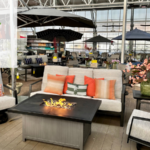


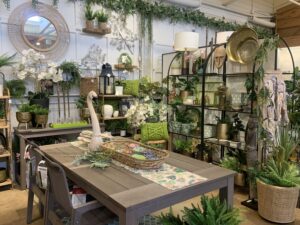
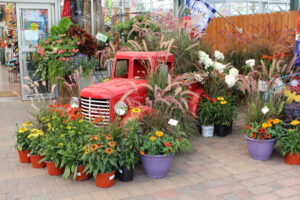
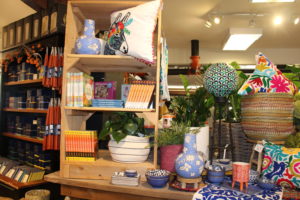
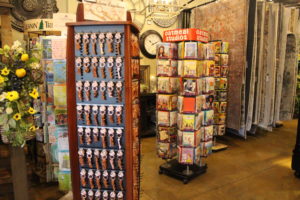
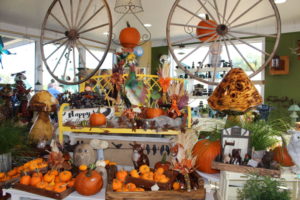


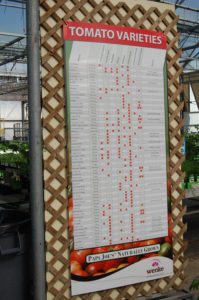
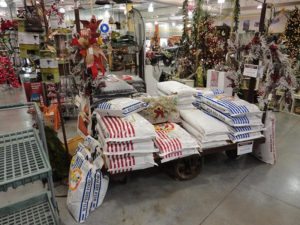
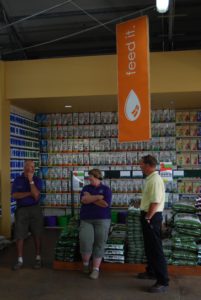
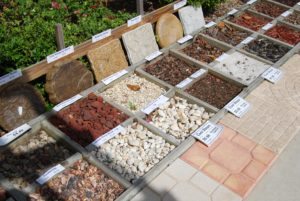
 Videos
Videos





